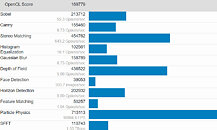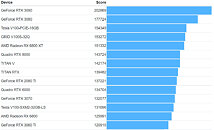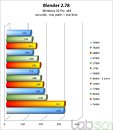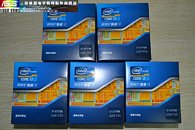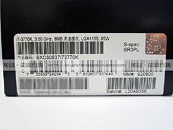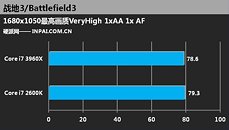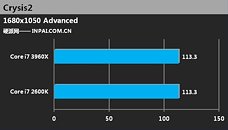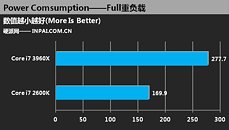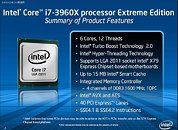
AMD Radeon RX 9070 Series Review Embargo Reportedly Lifts on March 5
A leaked document has revealed an alleged review release date of March 5; occurring the day before a rumored global market release of AMD Radeon RX 9070 XT and RX 9070 graphics cards. VideoCardz has reported on its inspection of "NDA materials" intended for members of the press. Team Red has officially announced a proper RDNA 4-themed event; February 28 is an important date on their calendar. Fresh reportage suggests that hardware media outlets and online influencers will be briefed next week, mere days away from AMD's highly-anticipated presentation.
Following head-scratching delays and a secretive marketing strategy (earlier on in 2025), Team Red and its AIB co-conspirators are expected to deliver full specifications, performance data, and pricing during next week's special event. Leaks have pointed to a possible March 6 launch; VideoCardz did not spot any mentioning of this specific date in leaked Radeon RX 9070 NDA documents. A steady flow of insider knowledge has already hinted at speculative "Navi 48" technical details and pre-release performance figures. Will AMD confirm (rumored) PCIe 5.0 connectivity, or acknowledge leaked "Pro" 32 GB variants (with less sarcasm)?
Following head-scratching delays and a secretive marketing strategy (earlier on in 2025), Team Red and its AIB co-conspirators are expected to deliver full specifications, performance data, and pricing during next week's special event. Leaks have pointed to a possible March 6 launch; VideoCardz did not spot any mentioning of this specific date in leaked Radeon RX 9070 NDA documents. A steady flow of insider knowledge has already hinted at speculative "Navi 48" technical details and pre-release performance figures. Will AMD confirm (rumored) PCIe 5.0 connectivity, or acknowledge leaked "Pro" 32 GB variants (with less sarcasm)?
























